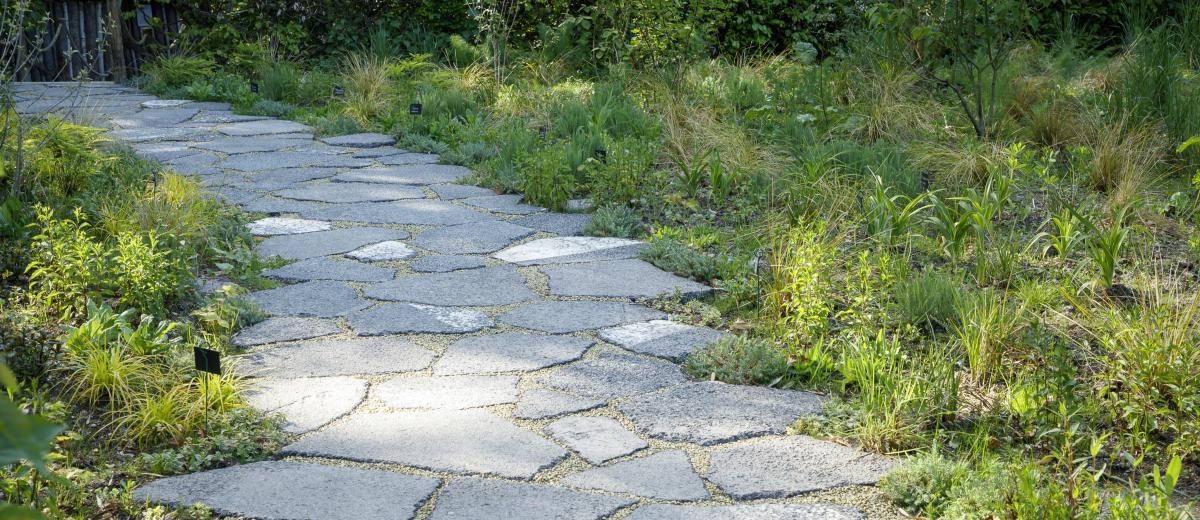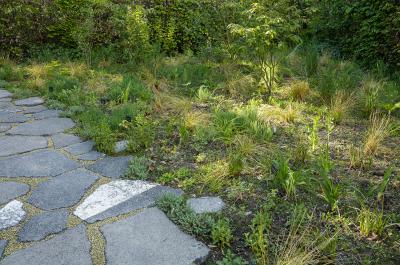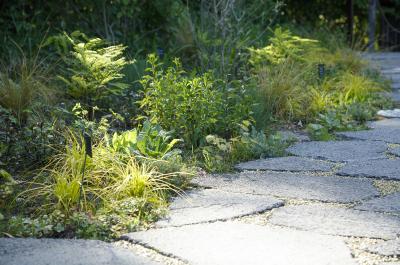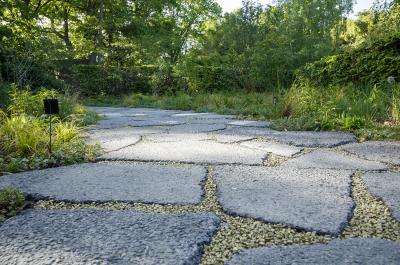The art of kintsugi is a metaphor for resilience: an age-old Japanese technique that mends broken porcelains while emphasising the cracks in them with gold powder. Instead of being hidden, the decorated flaws paradoxically make the repaired object more valuable. Inspired by this philosophy, Le Jardin Kintsugi (The Kintsugi garden) has been designed as a piece of poetry. Here, the cracks are represented by asphalt fragments evocative of the parched earth soon to be forsaken by all forms of life, while the gold powder’s role is played by plants. Decked out in greenery, the earth comes back to life and nature puts on a show once again.
Le Jardin Kintsugi is an opportunity for reflection, a break from the hectic pace of our contemporary world. It gives visitors time to think, observe, slow down and breathe. It’s also an invitation to change your attitude to the spontaneous vegetation that invites itself into gardens: after all, what could be more resilient than a native species that grows with no need of care?
DESIGNER
Grégory SIMON, student
HAUTE ÉCOLE LUCIA DE BROUCKÈRE
BELGIUM
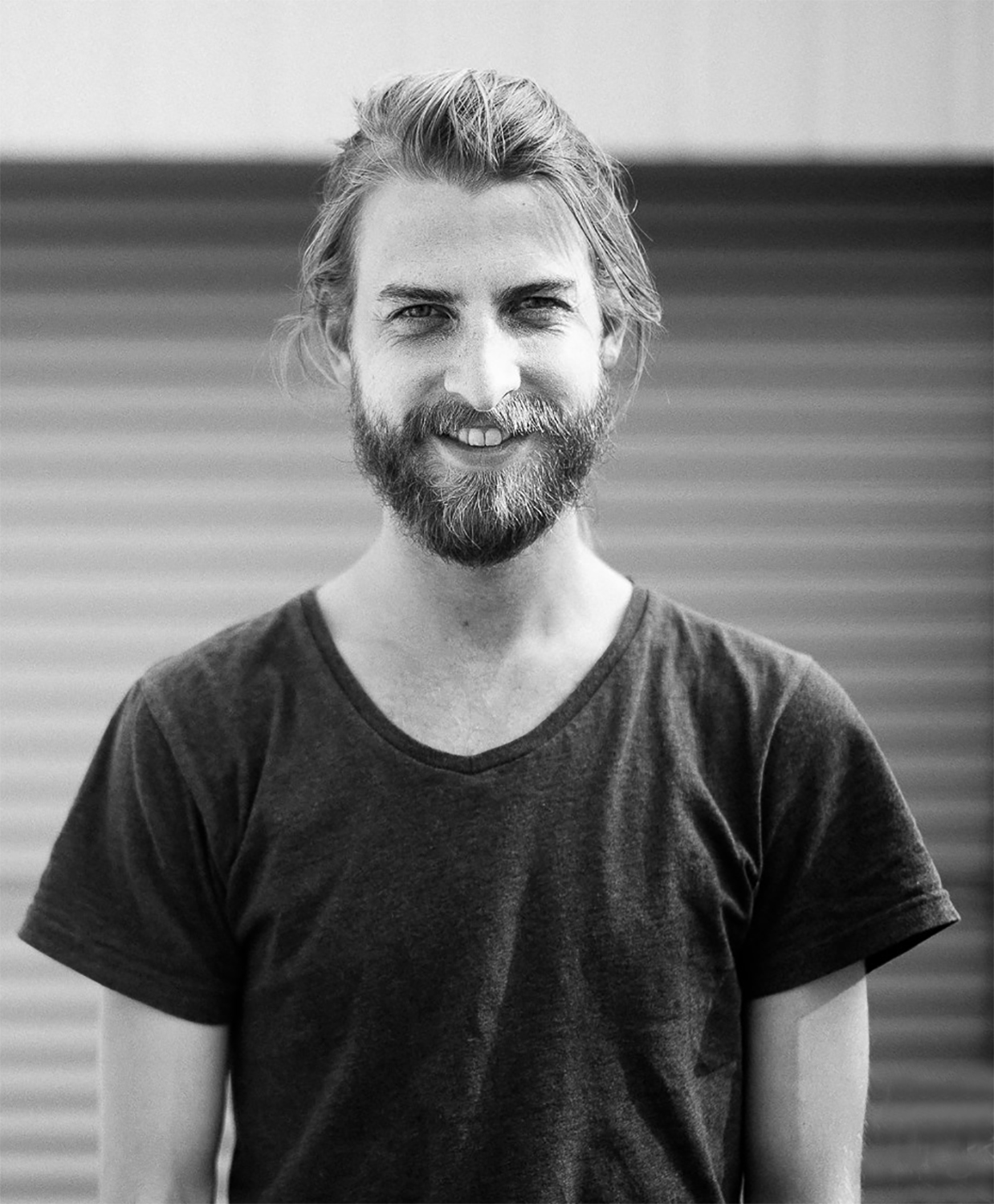
Scenographer, illustrator and student of garden and landscape architecture, Grégory Simon lives and works in Brussels. Very early on, during his childhood and teenage years in Wellin in the Belgian Ardennes, he developed two passions, one for drawing and the other for plants. Encouraged in this latter interest by his family, who owned a flower shop, he helped and accompanied his mother in her teaching of floral art when he was still very young. His love of plant motifs further developed with the discovery of forms inspired by nature, in particular in Art Nouveau. Also fascinated by the performing arts, he moved to Liege for four years where he obtained a degree in stage design at the Royal Academy of Fine Arts. His work stands out above all for his ability to think about space functionally and precisely, as well as for his sharp eye for detail. In 2012, he started out on travels that lasted 21 months, beginning with two long stays in New Zealand and Australia and ending in Southeast Asia, in the Romblon Archipelago in the Philippines, where he lived for several months. On these islands, blessed with a wealth of natural resources but lacking adequate infrastructures, the search for ecological solutions became a genuine concern. Observation of local communities’ living conditions led him to undertake development of an ecovillage on Tablas Island. Protection of an abundant nature that had been savaged by overexploitation became the nucleus that bound his other interests: graphic research, organisation of space and knowledge of natural species. In 2019, he created Inkwood, an imaginary town whose plan he laid out, designing the houses one by one. Since 2020, in parallel with this long-term artistic project, he has been studying for a Bachelor’s degree in garden and landscape architecture at the Haute École Lucia de Brouckère in Anderlecht.
